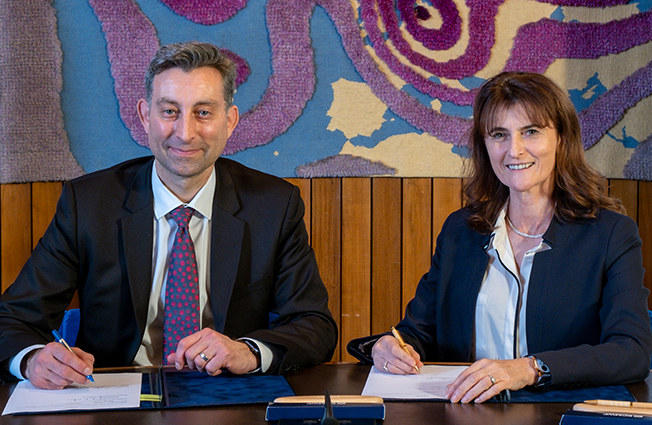ECMWF has signed a four‐year contract worth over 80 million euros with Atos for the supply of its BullSequana XH2000 supercomputer. In December, ECMWF’s Council of Member States had given the Centre the green light for the deal at the end of an international tender process in which bidders were assessed against criteria including committed performance, implementation plan, flexibility and risks, quality of technical solution, environmental impact, quality of service provision and support, and price.


The new system will deliver an increase in sustained performance by a factor of about five compared to ECMWF’s current high‐performance computing facility. This will enable advances such as increasing the ensemble forecast horizontal resolution from a grid spacing of 18 km to about 10 km, which is expected to significantly improve forecasts of near‐surface temperatures and winds. The improved computing power will also make it possible to increase the ensemble forecast vertical resolution from 91 layers to 137 layers, in line with the current high‐resolution forecast, and to issue extended‐range forecasts daily rather than twice‐weekly.
The increased capability will enable the Centre to continue investigative work towards the 5 km ensemble called for by its ten‐year Strategy to 2025, and in the field of machine learning in numerical weather prediction. The Atos system will be hosted in the new ECMWF data centre currently being developed by the Italian Government and the Regione Emilia Romagna in Bologna, Italy. It is expected to be fitted in 2020 and to become fully operational in 2021.

